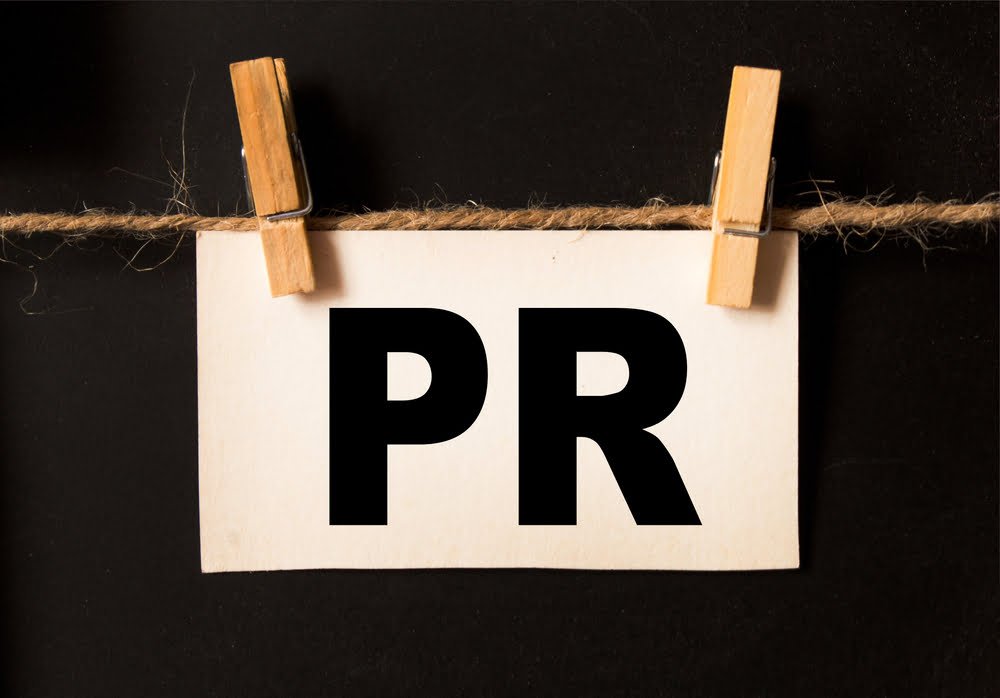In today’s fast-paced digital world, businesses and brands face a unique set of challenges when it comes to protecting their reputation. With the ever-present risk of PR crises, organizations need to be prepared with effective crisis management strategies. In this blog, we’ll explore the best practices in PR crisis management to help you safeguard your brand’s integrity and credibility.
Understanding the Importance of PR Crisis Management
Before we delve into the strategies and practices, let’s first understand why crisis management in PR is crucial for your brand’s survival and success. A PR crisis can erupt at any moment, often triggered by unexpected events or unfavorable public perceptions. How you handle these crises can make or break your brand. Negative headlines and public backlash can have long-lasting consequences on your reputation, customer trust, and bottom line.
Effective crisis management in PR is all about mitigating damage, maintaining a positive image, and regaining the public’s trust. It’s not just about damage control but also an opportunity to demonstrate your brand’s resilience and commitment to transparency. Let’s explore some best practices in PR crisis management.
PR Crisis Management Strategies:
Preparation is Key
The foundation of effective crisis management in PR, including pr crisis management strategies, lies in preparation. Develop a comprehensive crisis management plan that outlines potential scenarios, responsibilities, and communication strategies. Identify potential crisis triggers within your industry and business, and have predefined responses in place. The more prepared you are for crisis management in PR, the better equipped you’ll be to respond quickly and decisively when a crisis strikes.
Establish a Crisis Response Team
Assemble a dedicated crisis response team that includes key personnel from various departments within your organization, such as PR, legal, and senior management. Each team member should have clearly defined roles and responsibilities in a crisis, ensuring a coordinated and efficient response.
Real-Time Monitoring and Alert Systems
Stay vigilant by monitoring social media, news outlets, and online forums for mentions of your brand. Utilize advanced monitoring tools and alert systems to detect potential issues early on. This proactive approach can help you address emerging crises before they escalate.
Open and Transparent Communication
In the face of a crisis, honesty and transparency are paramount. Communicate openly with the public, acknowledging the issue and outlining your plan to address it. Avoid attempts to hide or downplay the situation, as this can erode trust even further. A well-crafted message that shows empathy and accountability can go a long way in diffusing a crisis.
Apologize and Take Responsibility
If your brand is at fault, don’t hesitate to apologize sincerely. Taking responsibility for your actions and demonstrating a commitment to making amends can help rebuild trust with your audience. Avoid blame-shifting or making excuses, as these can exacerbate the crisis.
Act Swiftly and Decisively
Time is of the essence in PR crisis management. Act swiftly to contain the situation and prevent it from escalating further. Delayed responses can lead to a crisis spiraling out of control, making recovery more challenging.
Adapt and Evolve
Every crisis is unique, and your response should be tailored to the specific circumstances in the realm of PR crisis management strategies. Continuously assess the situation, gather feedback, and be willing to adapt your strategy as needed. Flexibility and agility are key components of successful crisis management in PR.
Leverage Social Media
Social media can be a double-edged sword during a crisis. While it can amplify negative sentiment, it also provides a platform for you to engage directly with your audience regarding crisis management in PR. Use social media to share updates, respond to inquiries, and provide reassurance. Remember to maintain a consistent and empathetic tone throughout your interactions.
Learn from the Experience
Once the crisis has passed, conduct a thorough post-mortem analysis. Identify what went well and what could be improved in your crisis management strategy. Use these insights to refine your crisis response plan for the future.
Rebuild Trust Over Time
Rebuilding trust with your audience takes time and consistent effort. Continue to demonstrate your commitment to transparency, accountability, and positive change. Consistent messaging and actions aligned with your brand values can help restore faith in your organization.
Conclusion
PR crisis management is essential to protecting your brand’s reputation in today’s highly interconnected world. By implementing these best practices in PR crisis management strategies, you can be better prepared to navigate unexpected challenges, regain public trust, and ensure the long-term success of your brand.
Remember that a well-handled crisis can enhance your brand’s image and demonstrate your resilience and dedication to your customers and stakeholders. As you continue to refine your crisis management strategies, you’ll be better equipped to face any PR challenges that come your way.




Leave a Reply